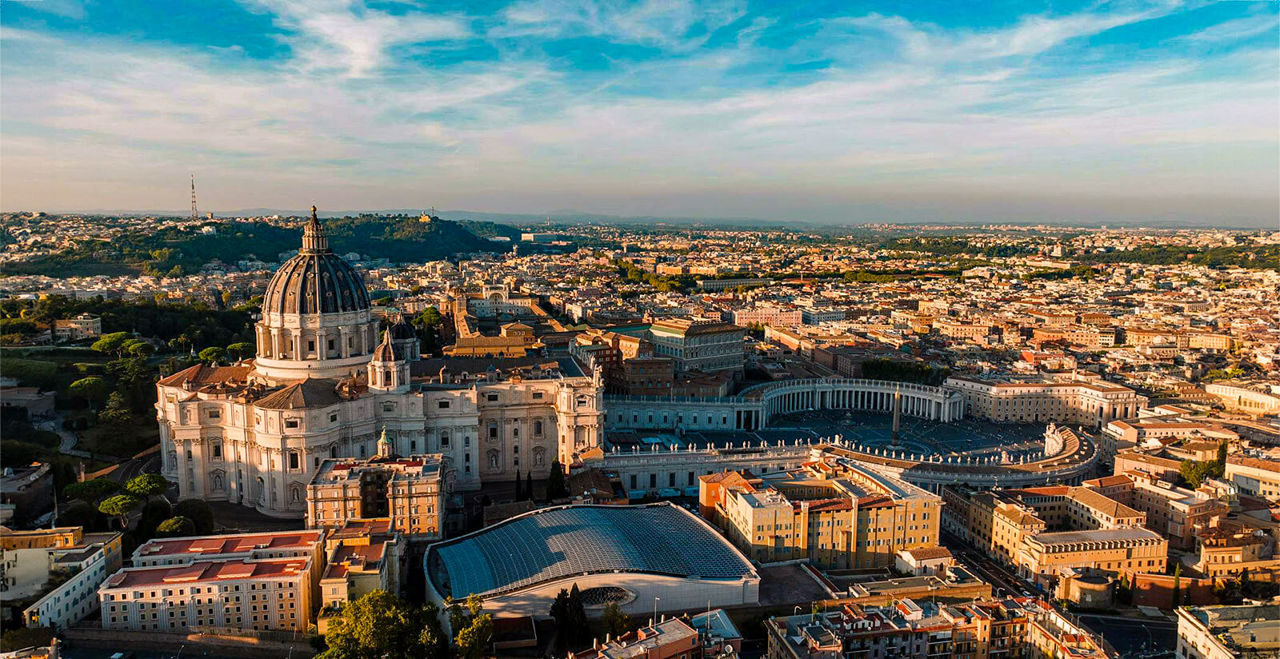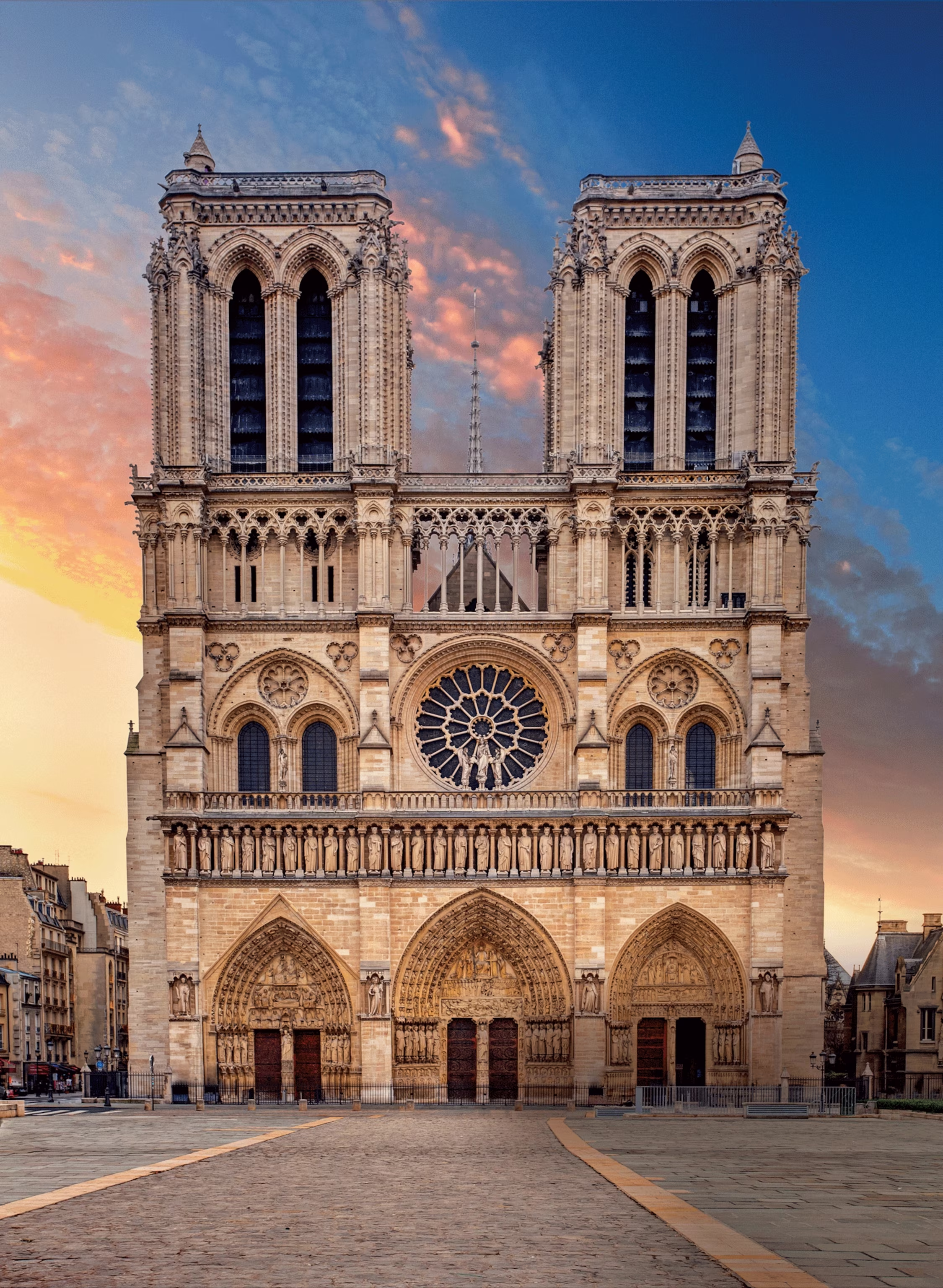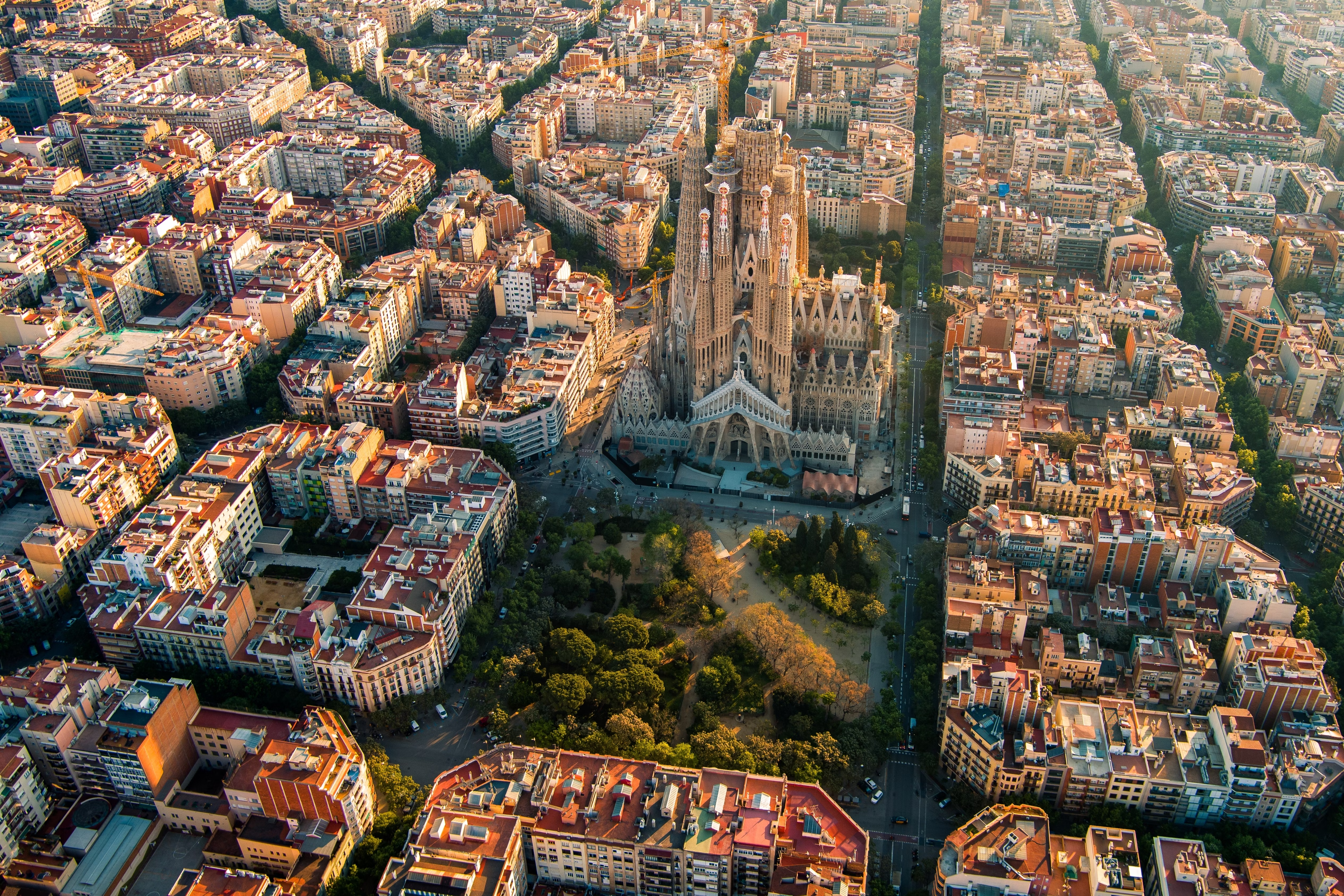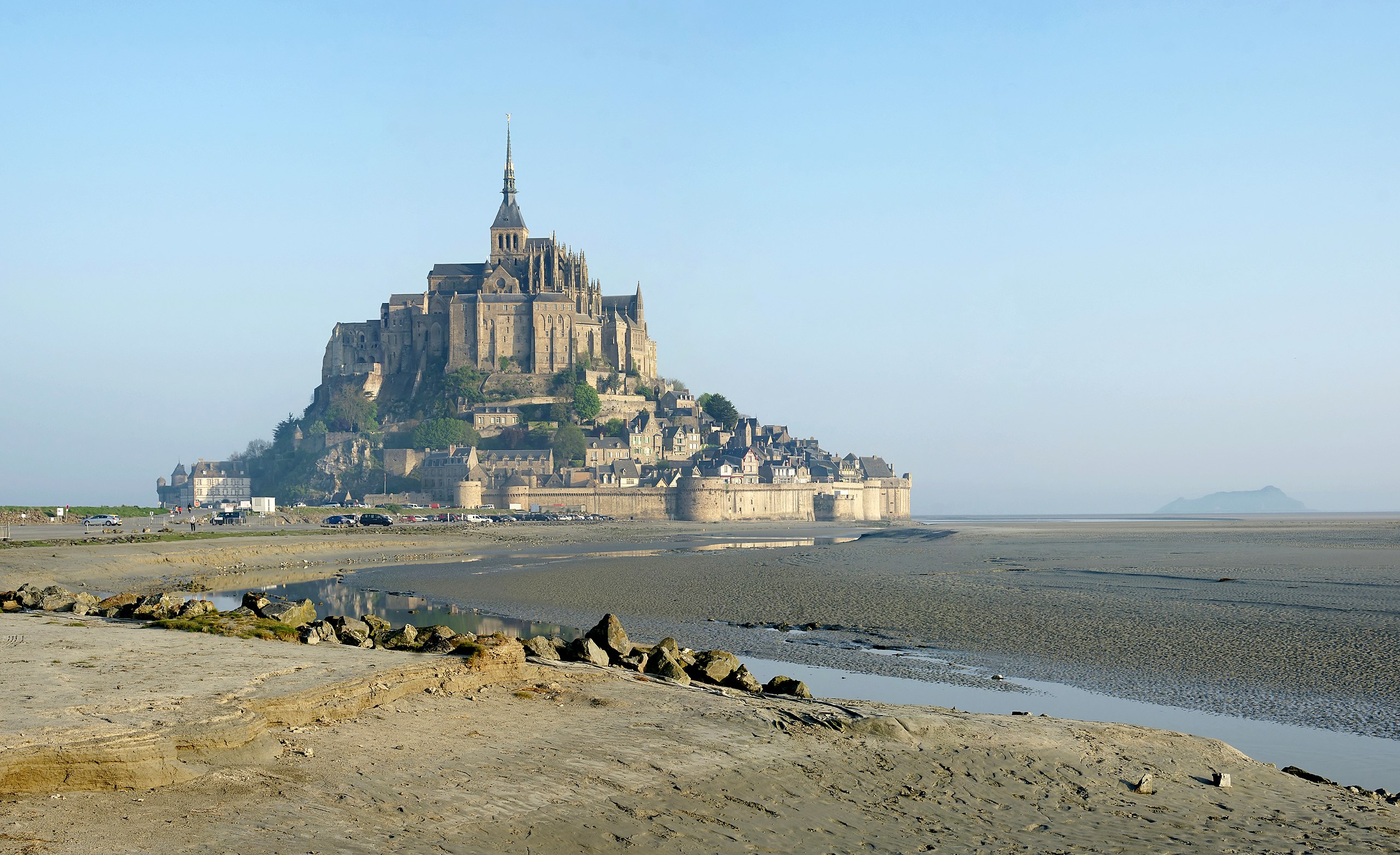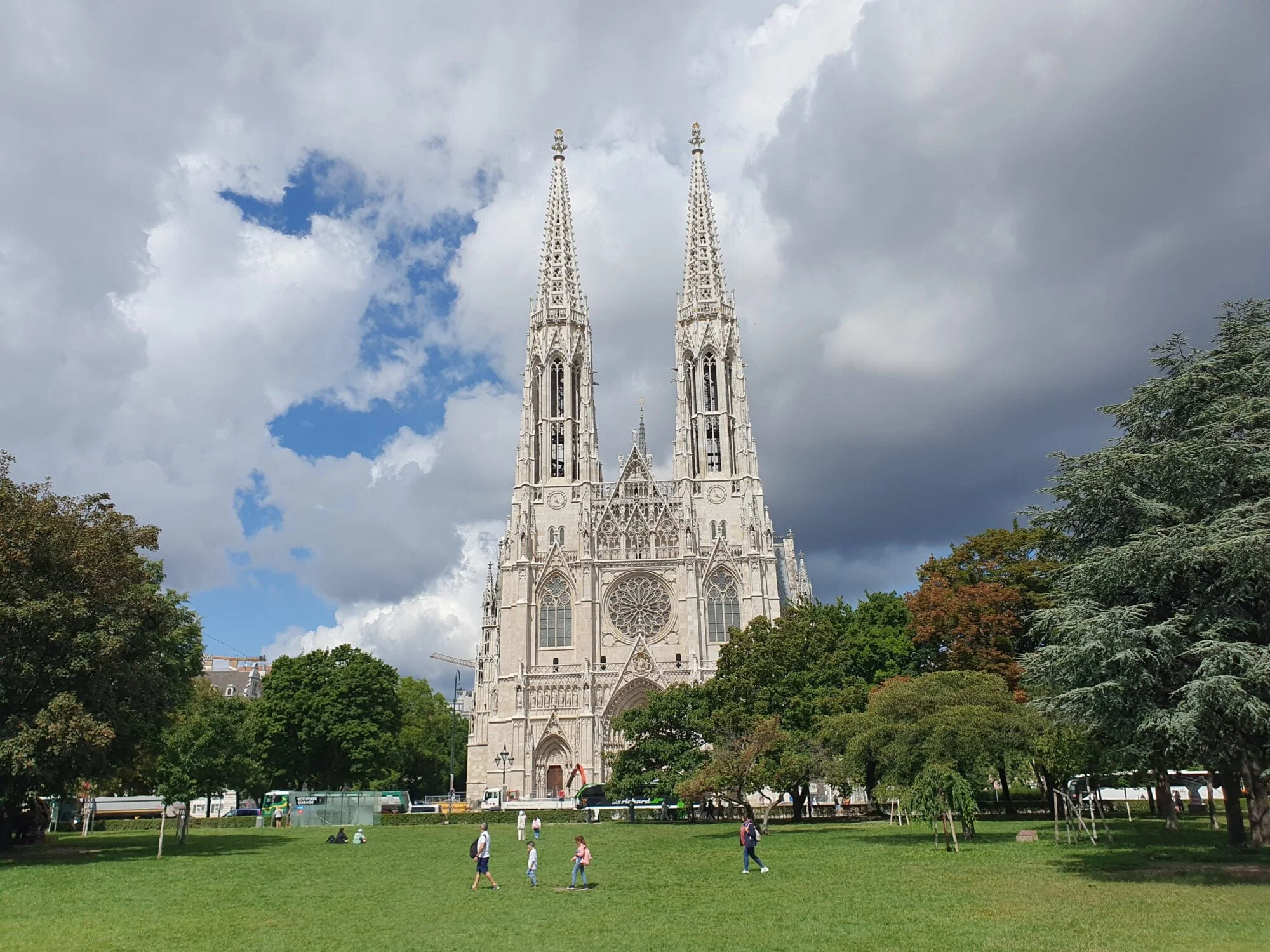
Votivkirche
Built to commemorate the survival of Emperor Franz Joseph I after an assassination attempt, this Neo-Gothic masterpiece reflects French Gothic influence and serves as a symbol of the Habsburg era.
Historical Context
Votivkirche was constructed during the neo-gothic period, specifically between 1856–1879. This era was characterized by significant developments in architectural techniques and religious expression.
The construction was commissioned by local religious authorities and took place during a time of growing urban populations and increasing religious devotion. The building has survived through centuries of history, witnessing wars, political changes, and cultural transformations.
Over the centuries, Votivkirche has undergone several renovations and restorations, each adding to its historical significance while preserving its original character and purpose.
